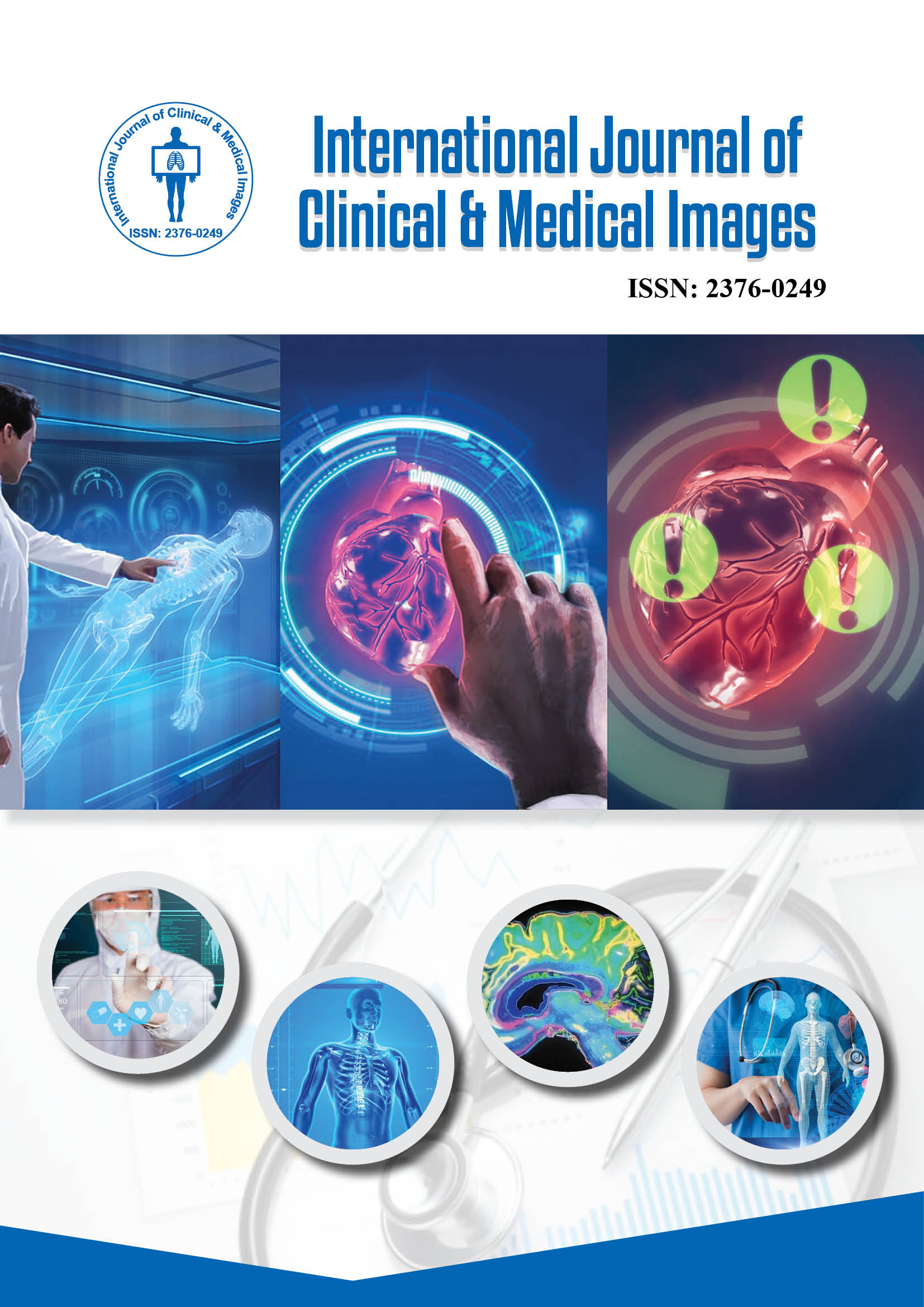2376-0249
Case Blog - International Journal of Clinical & Medical Images (2014) Volume 1, Issue 8

Author(s): Yun He, Yawei Qu, Jing Bai and Haifeng Liu
Fiber optic endomicroscopy employs a narrow and flexible fiber optic bundle as the probe and image relay. It is comprised of coherently arrayed optic fibers and can transmit pixelated images. Here we introduce a fiber optic endomicroscopy system that could be introduced through the biopsy channel of a clinical gastrointestinal endoscope to visualize cellular morphology of gastrointestinal tract mucosae in real-time and in situ with topically applied fluorescence contrast agent. System design employs epi-fluorescence microscope setting and fiber optics. The Xenon lamp (a) and excitation filter (f1) provide the excitation light. Then the excitation light is directed by the collimating lens (b) and reflected into the back aperture of the objective lens (d) by the dichroic mirror (c). The 10X objective lens (d) focuses excitation light on the proximal end of the fiber optic bundle (e). The narrow and flexible fiber optic bundle (e) transmits excitation light to the target tissue which is topically administered with fluorescence contrast agent and in light contact with (e)’s distal end. Fluorescence emission photons are also collected and conveyed by the fiber optic bundle (e). The fluorescence image on (e)’s proximal end is magnified by the 10X objective lens (d), transmitted through the dichroic mirror (c), filtered by the emission filter (f2) and captured by the CCD camera (g). Proflavine is used as the fluorescence contrast agent. To match the absorption and emission spectra of proflavine, excitation filter (f1) is a band pass filter centered at 440 nm, emission filter (f2) is a band pass filter centered at 520 nm and dichroic mirror (c)’s cutoff wavelength is 500 nm.
blog
blog
blog
blog
blog
blog
blog
blog
blog
blog
blog
blog
blog
blog
blog
blog
blog
blog
blog
blog
blog
blog
blog
blog
blog
blog
blog
blog
blog
blog
blog
blog
blog
blog
blog
blog
blog
blog
blog
blog
blog
blog
blog
blog
blog
blog
blog
blog
blog
blog
 Awards Nomination
Awards Nomination

